Sauvignon Blanc, with its crisp and refreshing taste, has become a beloved choice for wine enthusiasts worldwide. Whether enjoyed on a sunny patio or paired with a delectable seafood dish, this white wine never fails to delight the senses. But have you ever wondered about the caloric content of that glass in your hand?
Key takeaways
- sauvignon blanc, skinny margaritas and light beer are low calorie drinks
- depending on the mixer the calorie content of sauvignon blanc and a skinny margarita are similar
- the calorie count for 1 drink (5 ounces) of sauvignon blanc and a skinny margarita are 120-150 calories
- moderation is key when watching your calorie intake
Calories in sauvignon blanc vs skinny margaritas
As we strive to maintain a balanced diet and make informed choices about what we consume, understanding the calorie count of our favorite beverages is essential. In this article, we will delve into the world of sauvignon Blanc and explore just how many calories are hidden within each pour.

Understanding the calorie content in wine
As you enjoy a glass of wine, have you ever stopped to wonder about its calorie content? While it’s no secret that wine contains calories, understanding the specifics can help you make more informed choices.
Typically, a 5-ounce serving of red or white wine has around 120-125 calories. However, the calorie count varies depending on factors such as alcohol content and sweetness levels.
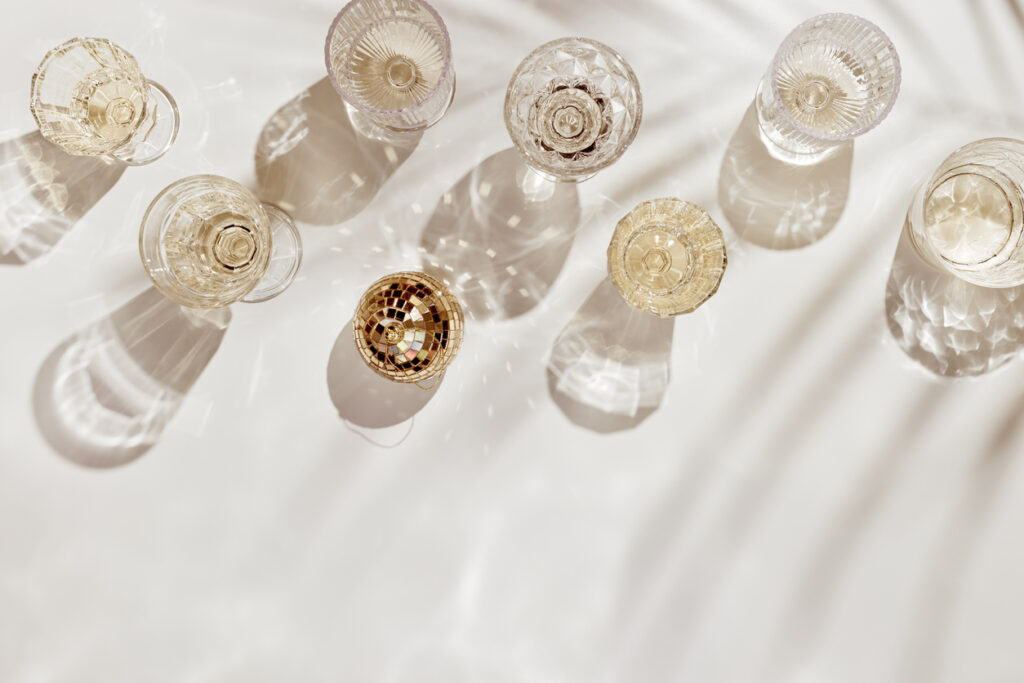
Alcohol percentage in alcoholic beverages
The amount of alcohol plays a significant role in determining the number of calories in your wine. Generally, wines with higher alcohol content contain more calories. This is because alcohol itself provides roughly 7 calories per gram. So if you’re sipping on a glass of wine with a higher percentage of alcohol, chances are it will be a bit heavier on the calorie scale too.
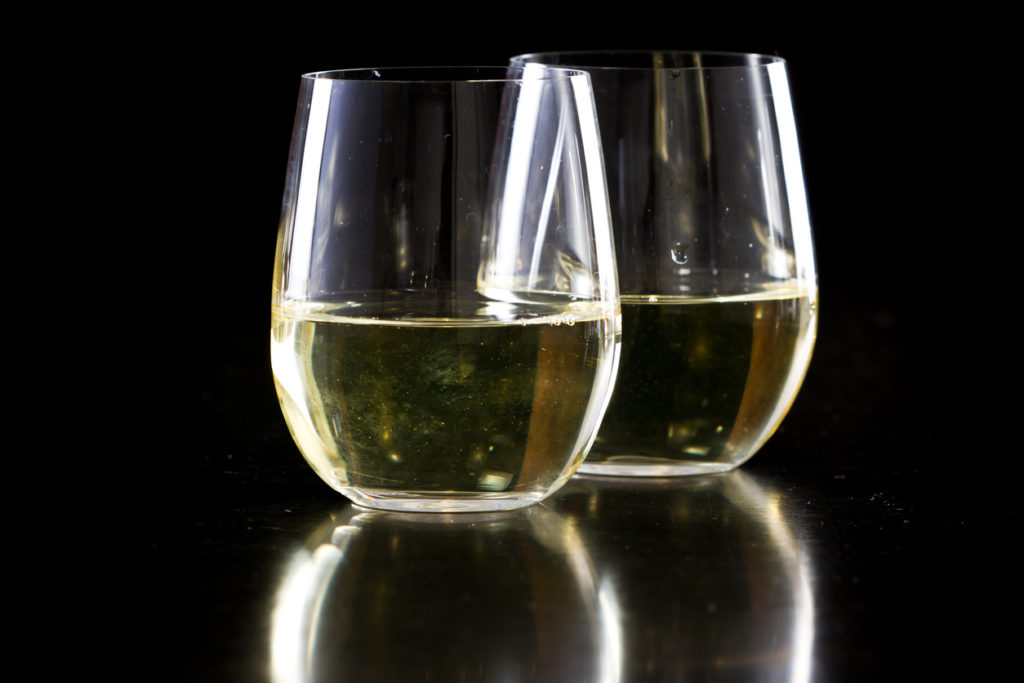
Fewer calories in dry wines
Sweetness is another crucial factor affecting the calorie content. Sweeter wines like dessert wines generally have higher sugar levels and thus more calories compared to drier options like Sauvignon Blanc or Cabernet Sauvignon. For instance, while Moscato may delight your taste buds with its sweetness, it also packs in around 160-180 calories per glass.
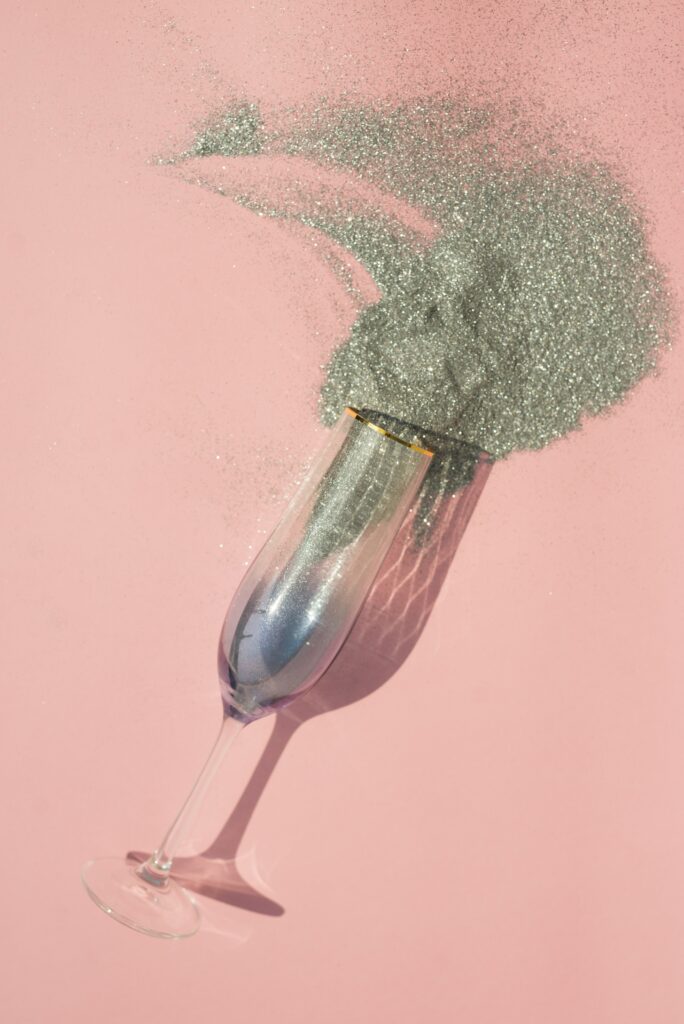
Understanding these nuances can help you manage your caloric intake while still enjoying your favorite vino. It’s worth noting that moderation is key when it comes to consuming alcoholic beverages for both nutrition and overall health purposes. By being mindful of both alcohol percentage and sweetness levels in wines, you can make conscious choices that align with your wellness goals without compromising on taste and enjoyment.
What is Sauvignon Blanc?
Sauvignon Blanc is an incredibly versatile and popular white wine that originates from France’s Bordeaux region. Known for its vibrant flavors and refreshing acidity, this wine has gained a loyal following all over the world. One of the defining characteristics of Sauvignon Blanc is its expression of citrus notes, such as lemon and grapefruit. However, what truly sets this wine apart is its ability to capture the essence of different terroirs. Whether it’s from New Zealand’s Marlborough region with its tropical fruit flavors or from France’s Loire Valley with its herbaceous and mineral-driven profile, each bottle offers a unique tasting experience.

Low calorie beers
When it comes to enjoying a refreshing beer without the guilt of high calorie intake, light beers are a popular choice for health-conscious individuals. These low-calorie brews offer a satisfying alternative to traditional beers, providing a lighter option that doesn’t compromise on flavor. With advancements in brewing techniques, light beers now come in a variety of styles and flavors to make drinks that suit every palate and allow you to save calories.
One interesting aspect of light beers is their lower alcohol content, which not only reduces calorie count but also allows for longer enjoyment without the risk of overindulging. Additionally, the reduced calories in these beers make them a great choice for those looking to maintain or lose weight while still being able to unwind with a cold beverage. Overall, low-calorie beers provide a balanced option for those seeking both taste and health benefits with less calories in their drink choices. Enjoy your favourite light beer!
Factors that affect calorie content in sauvignon Blanc
To truly understand the factors that affect the low calorie alcohol content in Sauvignon Blanc, one must delve into the intricate details of its production process. First and foremost, alcohol plays a significant role in determining the calorie count. It is widely known that alcohol contains calories, and wine is no exception. The higher the alcohol content, the more calories per serving.
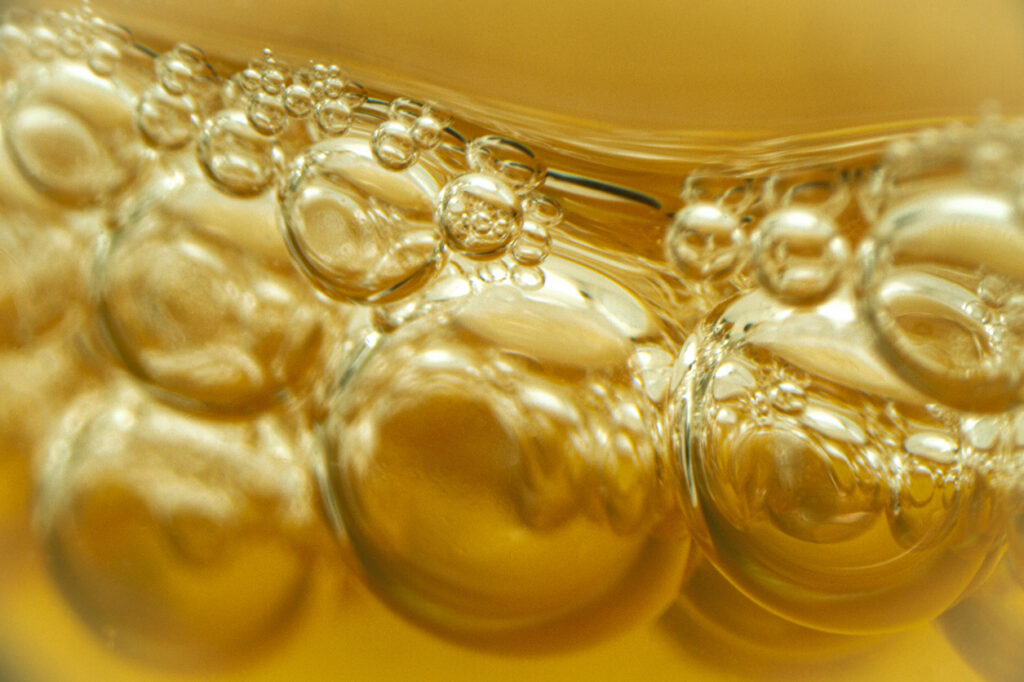
Another influential factor is residual sugar, which refers to the amount of sugar left in the wine after fermentation. As fermentation takes place, yeast consumes grape sugars and converts them into alcohol. However, if fermentation is stopped before all the sugars are converted into drinking alcohol, some sweetness remains in the final product. Consequently, wines with higher residual sugar will have more calories due to their elevated sugar content.
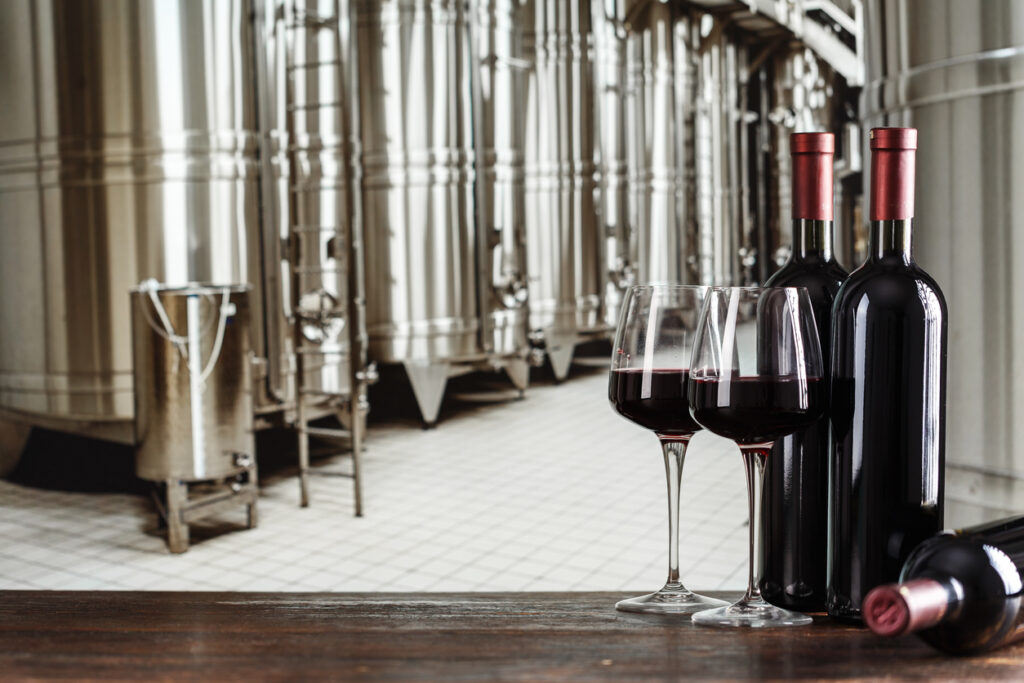
Additionally, winemaking techniques can also impact calorie content. Some producers employ oak aging methods to enhance flavor and complexity in Sauvignon Blanc. While this technique may not directly contribute to increased calories, it can alter a wine’s overall profile by adding creaminess or richness through a process called malolactic fermentation (MLF). MLF involves converting tart malic acid into softer lactic acid using bacteria cultures; consequently enhancing mouthfeel by increasing viscosity levels.
How many calories in a standard glass of sauvignon blanc?
If you’re a wine lover, chances are you’ve wondered how many calories are in that glass of Sauvignon Blanc. In today’s health-conscious world, keeping track of calorie intake is crucial, even if it means sacrificing some of our favorite indulgences. When it comes to white wine, like the popular Sauvignon Blanc, the calorie count isn’t as daunting as one might think. A standard 5-ounce glass contains around 121 calories on average. However, it’s worth noting that this number can vary slightly depending on factors such as sweetness and alcohol content.
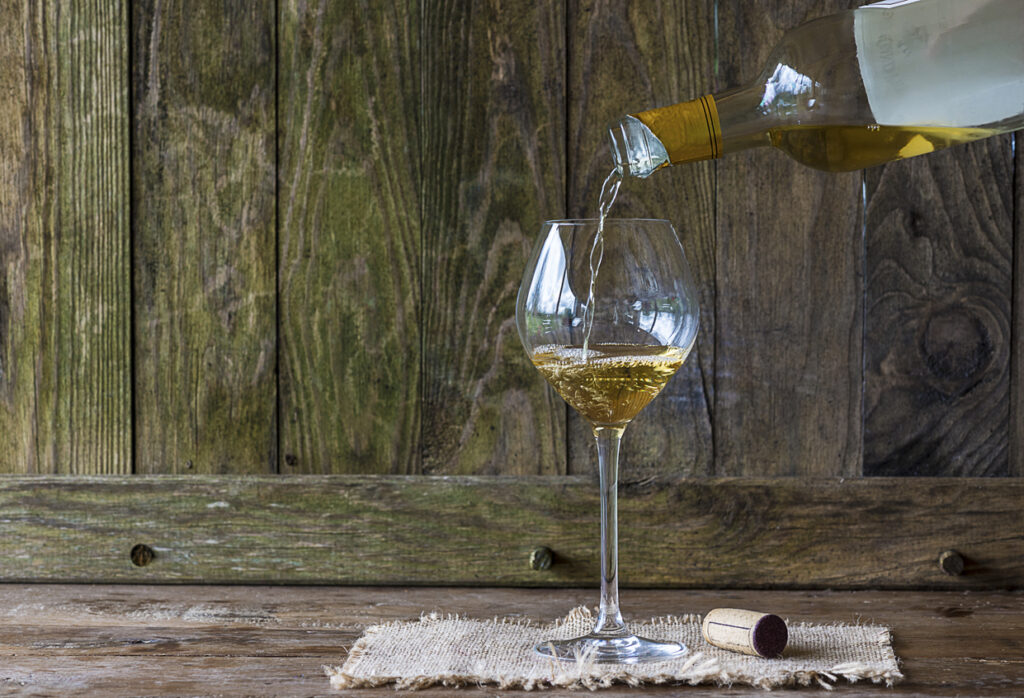
How many calories in a bottle of Sauvignon Blanc
When it comes to enjoying a glass of wine, many people are often curious about the calorie content mixed drinks. If you’re a fan of sauvignon Blanc, you might be wondering how many calories are in a bottle. The good news is that sauvignon Blanc is generally considered to be low in calories compared to other alcoholic beverages.
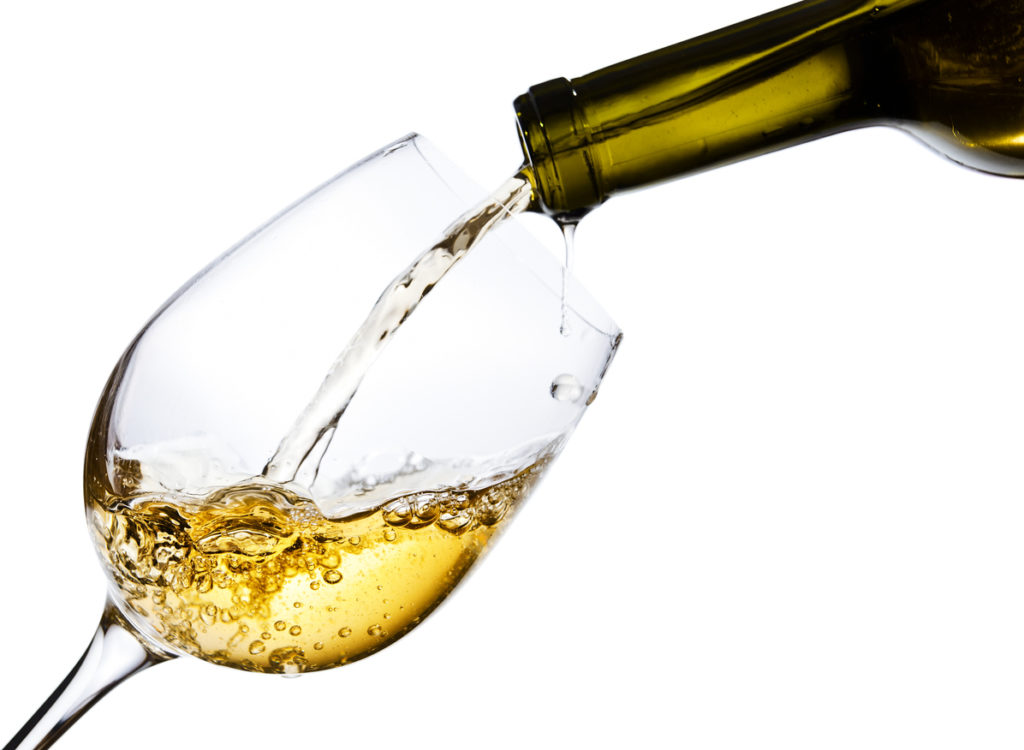
A typical 750ml bottle of sauvignon Blanc contains around 600-700 calories. This may seem like a lot, but keep in mind that this calorie count is based on consuming the entire bottle. If you pour yourself a standard serving size of around 5 ounces, which is about one-fifth of the bottle, you’re looking at roughly 100-120 calories per glass. That’s not too bad for indulging in a flavorful and refreshing white wine like Sauvignon Blanc.
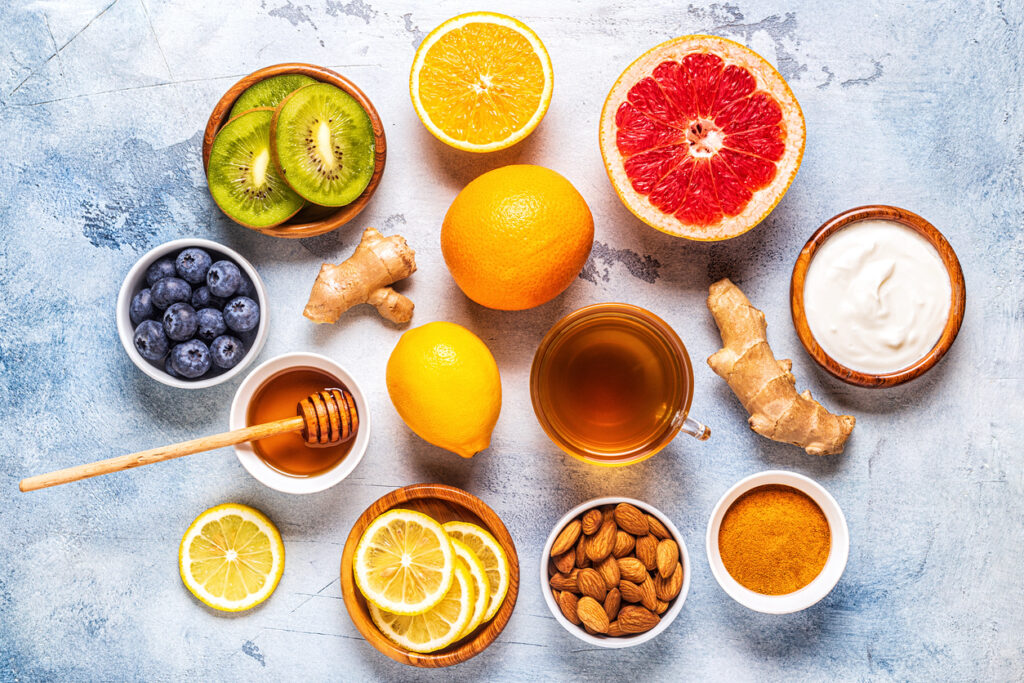
It’s important to note that while sauvignon Blanc may be lower in calories compared to some other wines, it still contains alcohol and should be consumed responsibly. Additionally, individual bottles or brands may have slightly different calorie counts due to variations in production methods and residual sugars. However, as long as you limit your consumption and enjoy it as part of a balanced diet, there’s no need to fret over the calorie content of that delicious bottle of sauvignon Blanc.
What has more calories a glass of Sauvignon Blanc or a Skinny Margarita?
When it comes to food and counting calories, it’s important to choose your beverages wisely. For all the wine enthusiasts out there, you might be wondering if indulging in a glass of sauvignon blanc is more caloric than sipping on a skinny margarita. Well, wonder no more! Let’s dive into the world of these two popular libations.
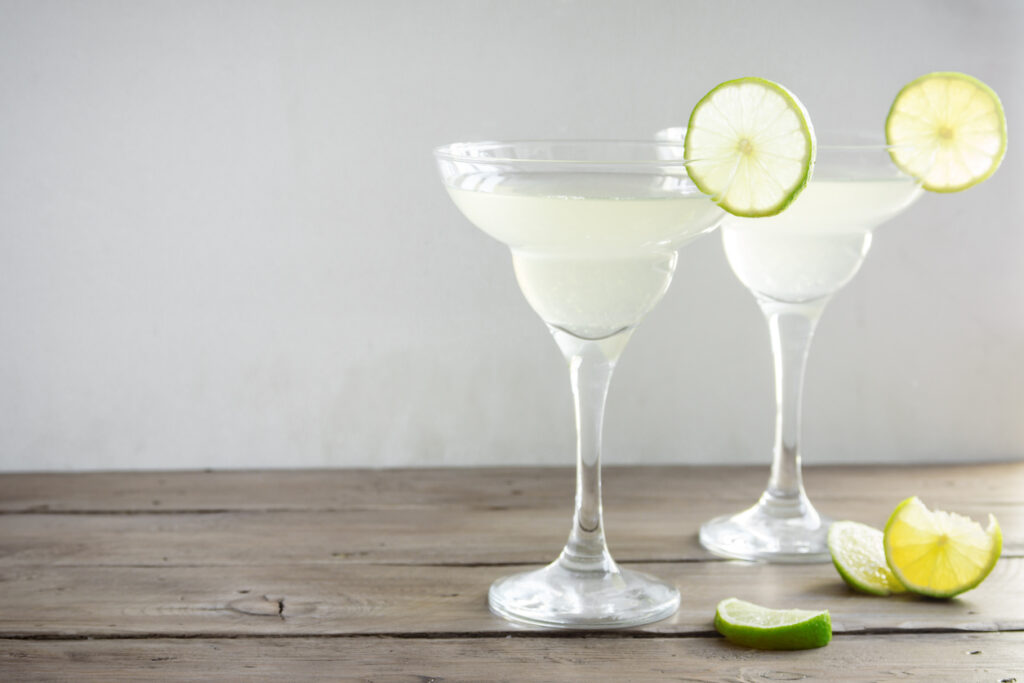
How much sugar is in Sauvignon Blanc
Firstly, let’s discuss sauvignon blanc. While this crisp white wine offers a refreshing taste and pairs wonderfully with many foods, it does have its own calorie content to consider. A standard 5-ounce serving of sauvignon blanc contains approximately 121 calories. However, keep in mind that some wineries produce variations with slightly higher or lower calorie counts.
On the other hand, when comparing the calories in a glass of sauvignon blanc to those in a skinny margarita, we find an intriguing contrast. Though the name skinny may imply fewer calories automatically, this is not always true for all versions of this classic cocktail. The calorie count of a skinny version of margarita highly depends on its ingredients and preparation method; some variations can have as little as 100-150 calories per serving while others may reach up to 300-400 calories due to added sweeteners or mixers.
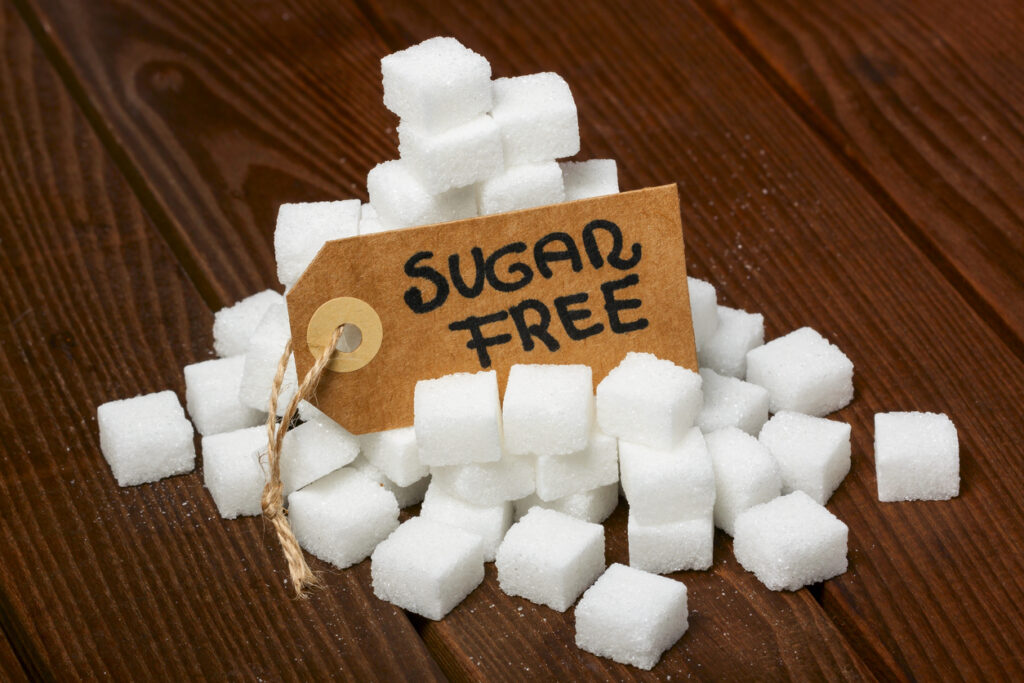
How to make a skinny margarita
One of the best ways to make a delicious skinny margarita is by using a high-quality skinny margarita mix. These mixes are typically lower in sugar content, which can significantly reduce the number of calories in your drink without sacrificing flavor. Another great tip for creating a light and refreshing skinny margarita is to opt for a frozen version. By blending fresh lime juice, tequila, and ice together, you can enjoy a satisfying icy treat that won’t weigh you down with excessive calories.
To further cut down on calories in your skinny margarita, consider swapping out traditional sugar rimming for a salt rim or even omitting the rim altogether. This small adjustment can make a big difference in the overall calorie count of your cocktail while still providing that classic margarita taste. Remember that enjoying a tasty beverage doesn’t have to mean consuming loads of unnecessary calories; with just a few simple tweaks and substitutions, you can create a delicious recipes guilt-free skinny margarita that will delight your taste buds without expanding your waistline.
Skinny margarita recipe
Ingredients:
– 2 oz tequila
– 1 oz fresh lime juice
– 1/2 oz agave nectar or diet tonic
– Ice
Instructions:
1. In a shaker, combine tequila, lime juice, and agave nectar.
2. Add ice to the cocktail shaker again.
3. Shake well for about 15 seconds.
4. Strain mixture into a glass filled with ice.
5. Garnish with a lime wedge.
6. Enjoy your skinny margarita!
Conclusion: Making informed choices about Sauvignon Blanc consumption
In conclusion, making informed choices about sauvignon blanc consumption is essential for both wine enthusiasts and casual drinkers alike. By understanding the characteristics of this popular white wine varietal, individuals can better appreciate its unique flavors and aromas. Additionally, being aware of the different regions that produce sauvignon blanc allows consumers to explore a wide range of styles and terroirs. It is also important to consider personal preferences and pairings when selecting a sauvignon blanc to ensure an enjoyable drinking experience. Ultimately, by staying informed and educated about sauvignon blanc, individuals can confidently navigate the vast world of wine and make choices that align with their taste preferences and values.

